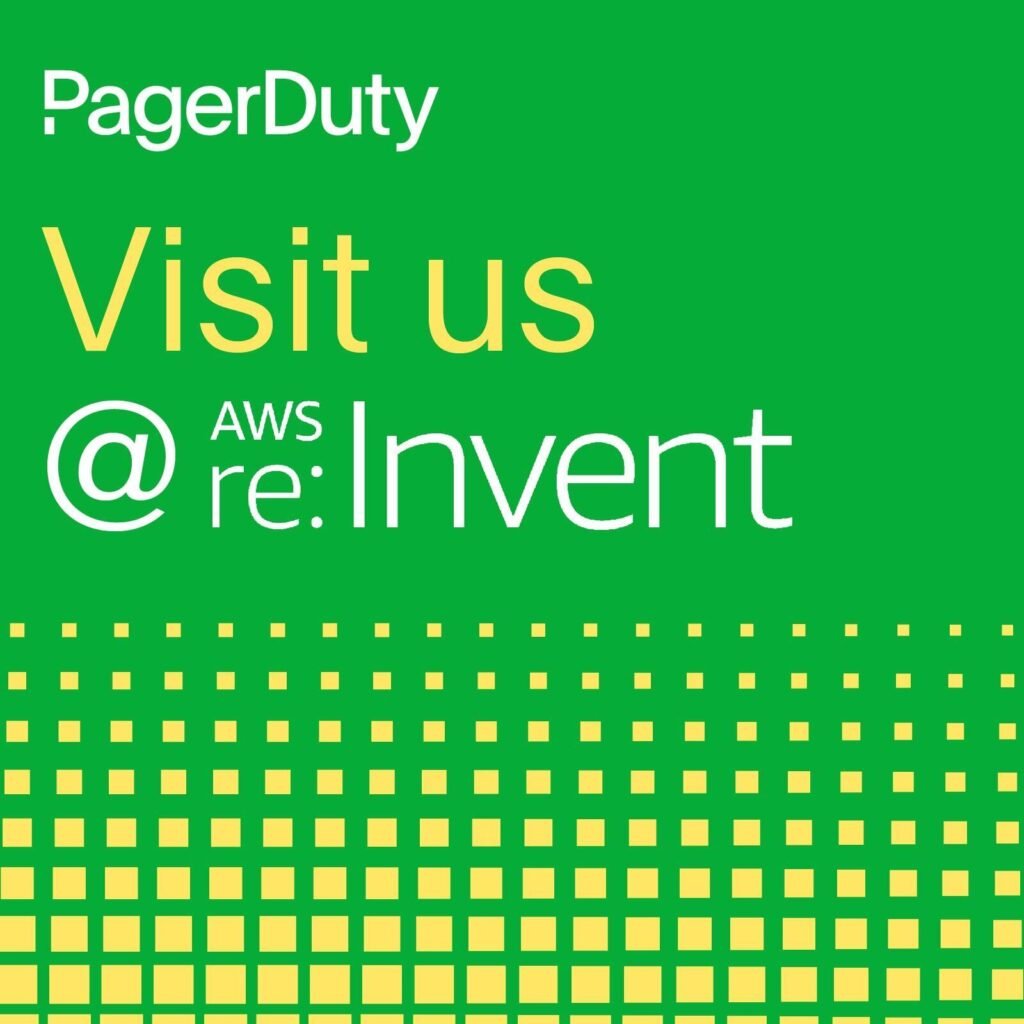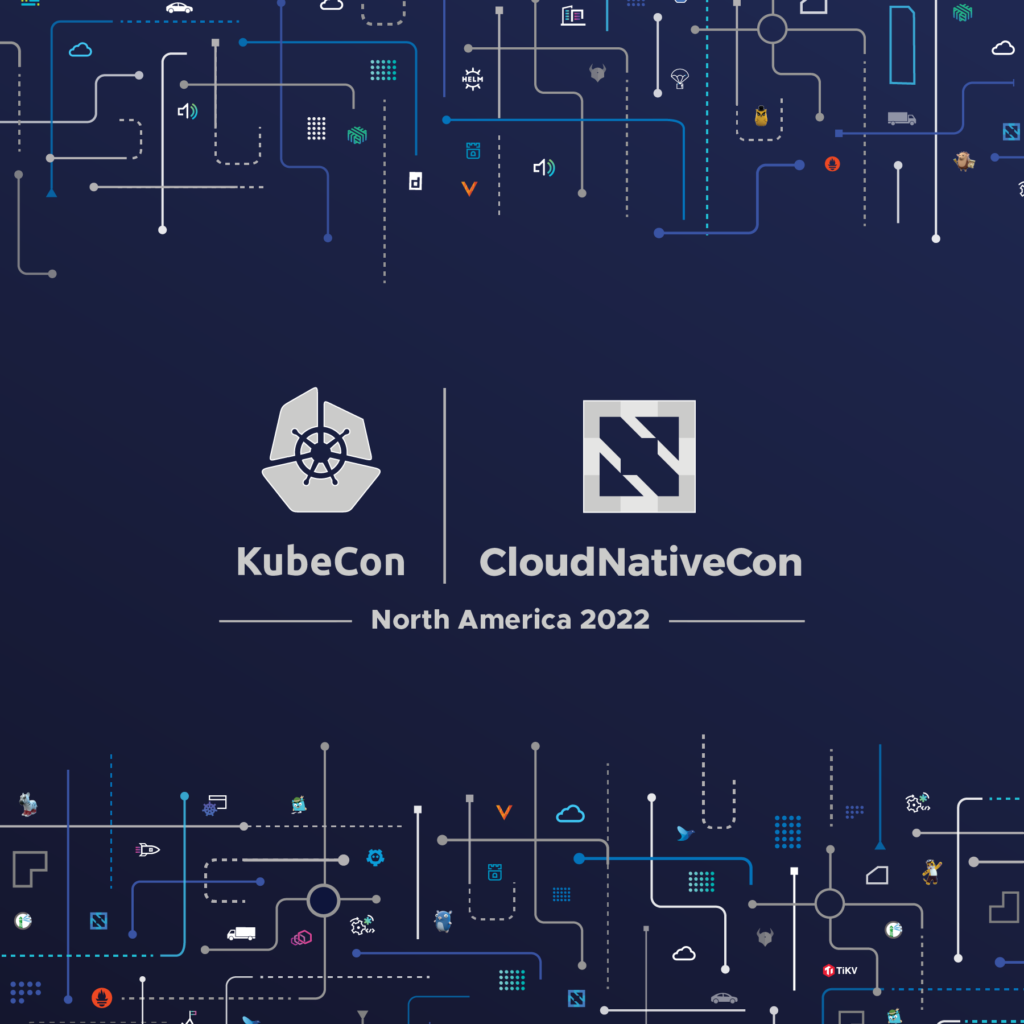PagerDuty Summit: New Relic’s Rachel Parrott on the Neuroscience of Inclusion
At PagerDuty, we’ve always put Inclusion, Diversity, and Equity (ID&E) at the forefront. In fact, we recently launched our first-ever ID&E report, which you can read here. To play our own part in addressing inequality, we want to give all Dutonians, and our partners and customers, the opportunity to hear from ID&E experts. So, we were very excited to welcome Rachel Parrott, Diversity and Inclusion Manager at New Relic, to speak at our annual global conference, PagerDuty Summit, this year.
The Science of Inclusion
During her session, Rachel focused on the sense of belonging: how we seek it, how an absence of it leads to exclusion, and how we can rectify this in the workplace. This is especially important to PagerDuty as one of our core values is to “Bring Your Self” and we seek to make this possible by building a culture of belonging.
Rachel kicked off by explaining that the reason why inclusivity is so hard to achieve is because our brains are wired to favor people who look and act like us. “There’s something called motor resonance,” she said. “When we watch other people, our brain actually produces the same activity as that person.”
This means exclusion has very little to do with intention; it’s an unconscious bias. So how does this manifest in the workplace? Rachel explained that our unconscious brain maps stimulation against what we already know. For instance, if we’ve never been excluded, it’s hard to recognize when it’s happening to our colleagues.
This unconscious bias comes into play in recruitment, too. “Thirty-seven percent of managers who attended a prestigious institution—say, an Ivy League school—preferred to hire candidates from similar schools,” Rachel explained. The result? Workplaces become increasingly homogenous and lack diversity.
But most crucially, unconscious bias in the workplace is just one means of exclusion, especially for underserved communities. “This is layered on top of what these folks already feel outside of work. For Black, Indigenous, and people of color (BIPOC), LGBTQIA people, women, and people with disabilities, exclusion is cumulative,” Rachel shared.
How Can We Cultivate Workplace Inclusivity?
Overcoming these biases is difficult, Rachel said, but it can be done.
This is especially important because, as Rachel pointed out, we spend most of our time at work (including the virtual workplace). And bias never stops with us—it permeates teams. “Research shows that even one small act of exclusion leads to an immediate 25% decline in an individual’s performance on a shared project,” she explained.
So, what’s the first step to eradicating exclusion in the workplace? Rachel explained how it’s our responsibility as individuals to continuously challenge the systems that perpetuate favoritism. We should ask ourselves, who holds power in our company? And what do they look like? “Yes, we can intentionally influence the brain to be more inclusive,” she shared. “But this takes a concerted effort.”
Part of this effort means consciously delivering positive messages and using positive vocabulary. Rachel also outlined some other ways to actively cultivate inclusion, including:
- Asking about people’s history and past experiences
- Inviting people to go for lunch or coffee (even if virtually)
- Offering to help, both with work and non-work situations
- Identifying and complementing unique talents
A More Inclusive Future
The key takeaway from Rachel’s session is that prioritizing ID&E is both the right thing to do and good for business. Against the backdrop of COVID-19 and the associated economic disruption, it’s even more important that everyone has equal opportunities to succeed. In the long term, there might even be a positive outcome for ID&E, because if more jobs are remote, it doesn’t matter where you live— everyone would be on an equal playing field.
However, Rachel’s talk shows that long-lasting change doesn’t happen without real, concrete action. To watch the full session, register for free here to gain access, along with talks from a range of our partners and customers.


